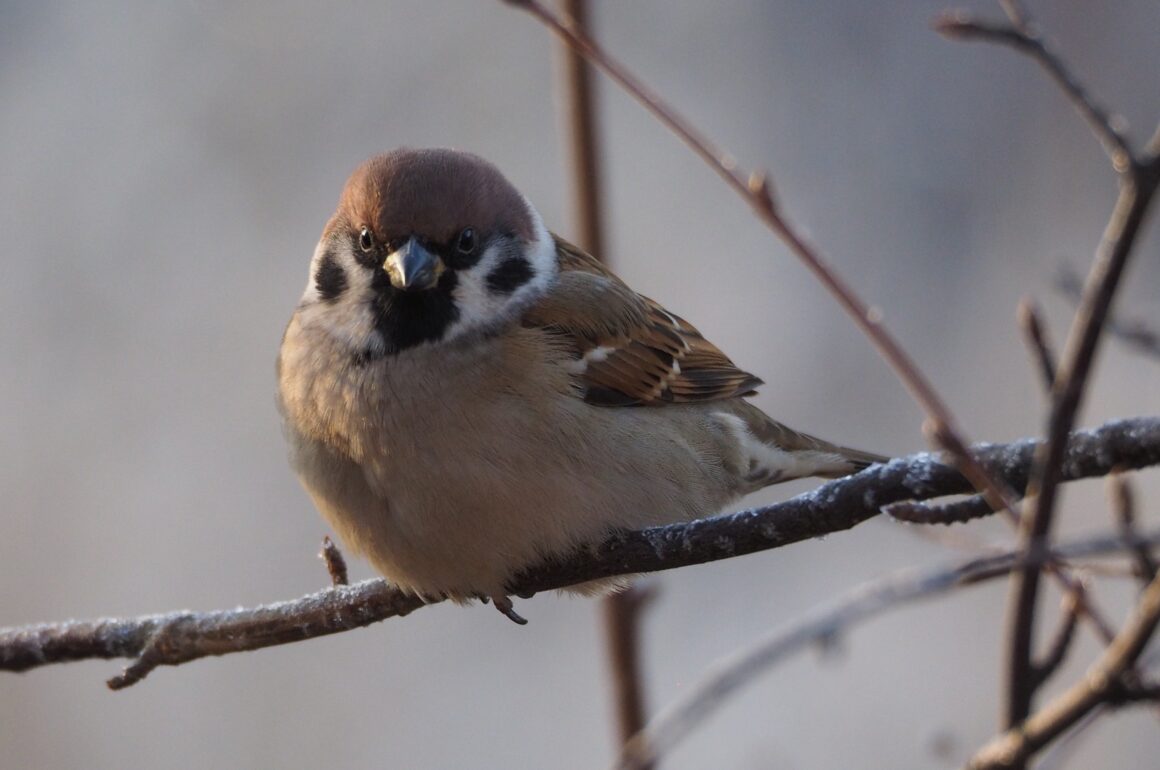
By David Tomlinson
If you’re an avid lister, then the best advice I can give is not to go to Lapland in late autumn, as you won’t see many birds. During a week based in Äkäslompolo, a small Finnish town a couple of hundred kilometres north of the Arctic Circle, we struggled to get to 27 species. To be honest, it wasn’t just birds that we (birding friend Martin and my wife Jan) had come to see, as our target was the Northern Lights, the aurora borealis: the friends whose house we were staying in had assured us that late October was a classic time to see this most spectacular of natural phenomena.
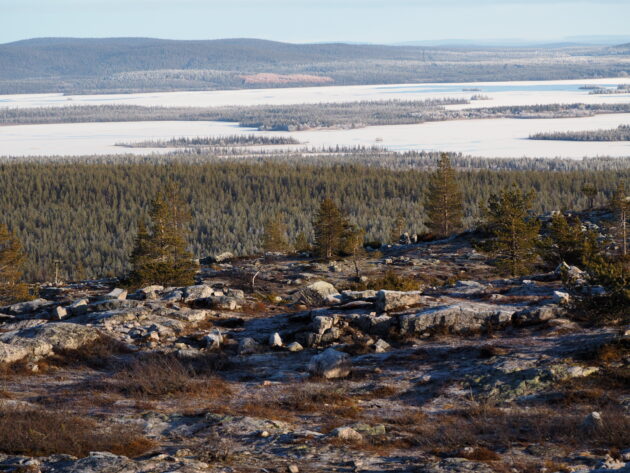
The aurora is a night-time show, so the days, already rather short, were spent looking for birds. Most of the summer migrants had long gone. A single young White Wagtail we found on the first day looked a little forlorn, and it proved to be the only one we saw. Much more conspicuous were those birds that had no plans to go south. Tree sparrows (see header photograph) were common in town, but not in the surrounding countryside. The same was true of Eurasian Magpies. They may not have been the most numerous birds in Äkäslompolo, but they were certainly the most conspicuous, swaggering across the supermarket carpark as if they owned the place. (If you’re planning to visit, Äkäslompolo has a very good supermarket which even sells bird seed, as well as Reindeer in every way you can imagine, from steaks to smoked.)
I’m sure that these Finnish Magpies enjoy a little rivalry with the equally thuggish Hooded Crows. Both these birds know where to find food, and at this time of the year it’s usually provided by man as there’s not much to be found in the frozen countryside. Towns like Äkäslompolo are where they are most likely to find grub, so this is where you are most likely to see them. Venture just a little way out of town and both Magpies and Hoodies become a rare sight. In contrast, Common Ravens seldom come into town, but you are sure to encounter them in the countryside.
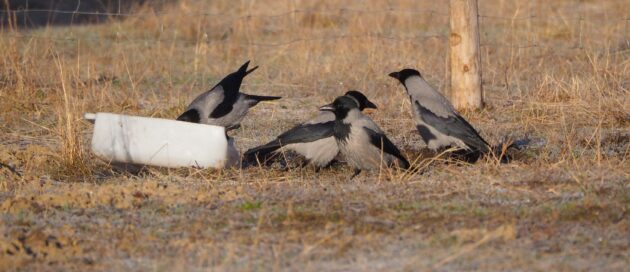
It’s not until you’ve walked in a snow-covered northern forest that you discover the real sounds of silence. It’s absolute: for much of the time there is no sound at all. The blanket of snow absorbs sound like a sponge soaks up water. You struggle to hear anything, for though there may be birds here, they take some finding, for they are few in number as well as variety.
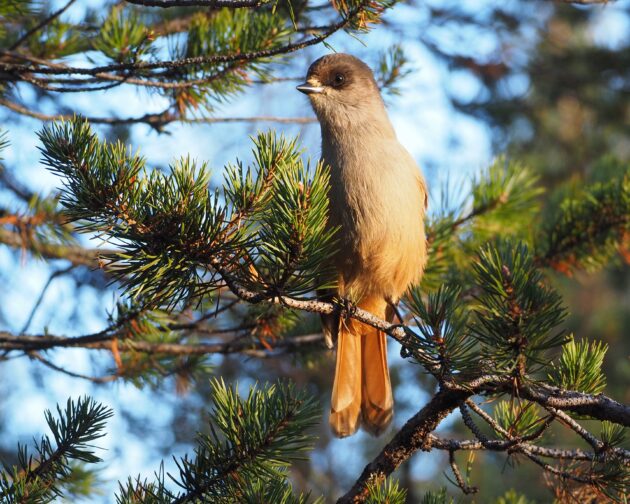
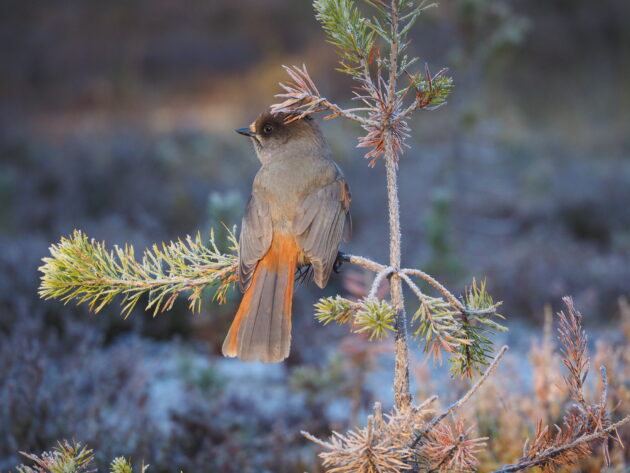
There is, however, one bird in these northern forests that seeks you out, rather than the other way round. Siberian Jays learned long ago that man can be a source of food, so if there are Jays around (and they are usually in pairs or small flocks) then they are likely to check you out. These northern Jays are a delight, their subtle brown plumage enhanced by they rusty red underparts, tail sides and rump. Unlike Eurasian Jays these are quiet birds. You may not hear them coming, but suddenly they are swooping all around you. We carried sunflower seeds in our pockets, soon making friends with the Jays we encountered.
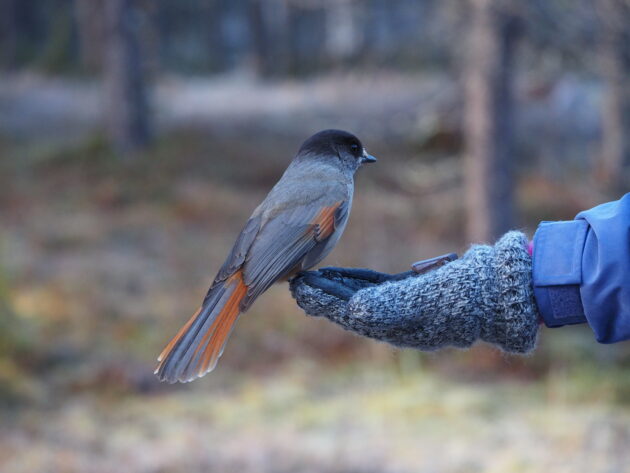
Siberian Jays may be easy to see, but that other bird with Siberian in its name, the Siberian Tit, proved much more of a challenge. We eventually found a pair in Pallas-Yllästunturi Kansallispuisto National Park. (Don’t ask me how to pronounce it. Finnish names are typically toungue-twisters). They were very active and a real challenge to photograph. Willow Tits – now a rarity back home in England – proved to be much more common and more co-operative when it came to photography.
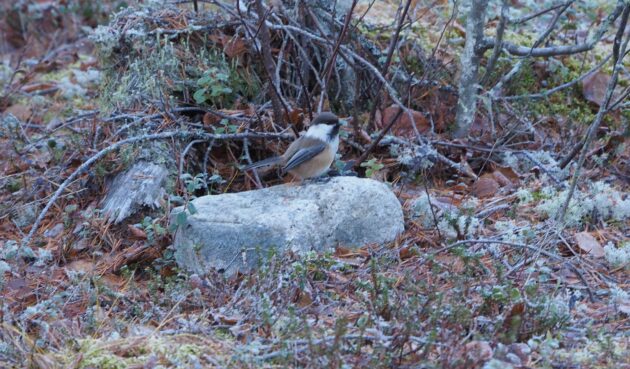
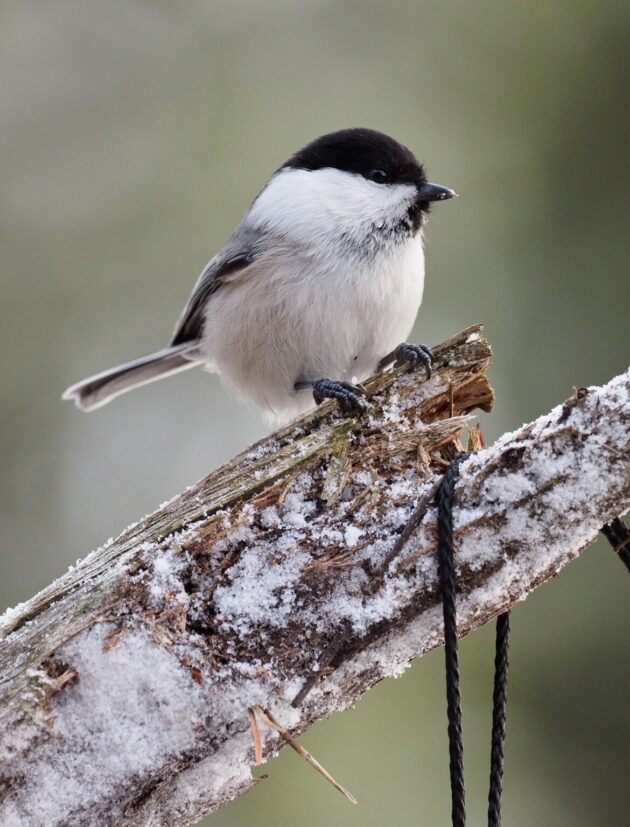
There are grouse in these forests, but they are not easy to find. Our single sighting of a Western Capercaillie was of a hen flushed by Jan. Ironically, she didn’t see it, but it flew over Martin and me, and we had a brief view as it rocketed over our heads. The only Willow Grouse we saw flew across the road in front of our car, but there was a whole flock of them, stuffed, in the local souvenir shop, for sale at 40 euros each. We did better with Black Grouse, finding birds perched in tops of road-side birch trees, eating the buds.
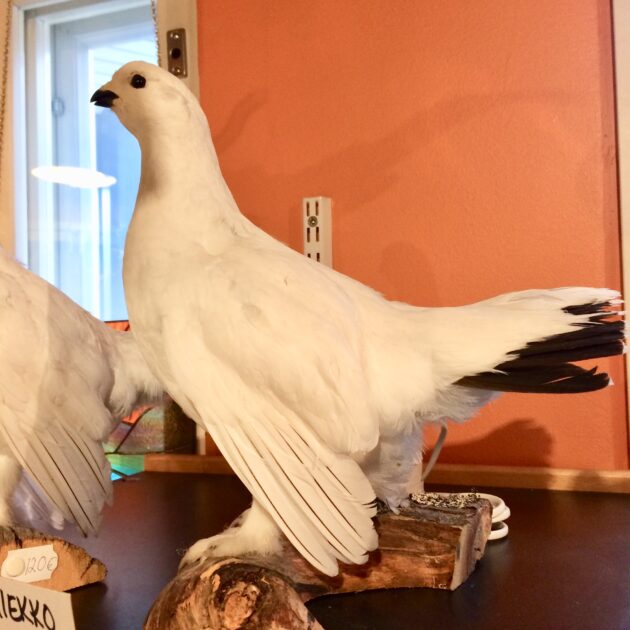
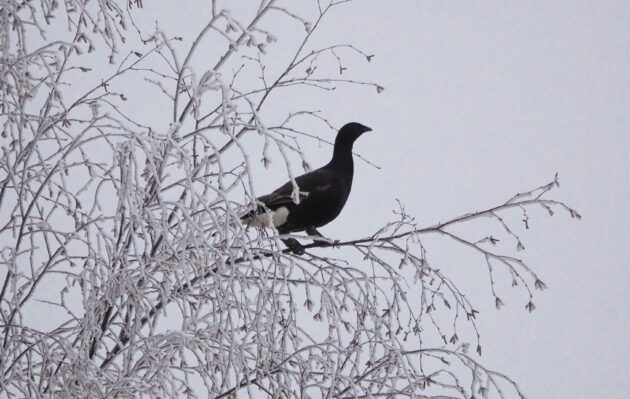
Whooper Swans, straight-necked and yellow-beaked, are Finland’s national bird. We saw pairs or single birds on several days, but most had gone south. Most poignant was a single young bird on an almost frozen river. Juveniles usually stay with their parents for the first winter, but he (or was it she?) had clearly been left behind.
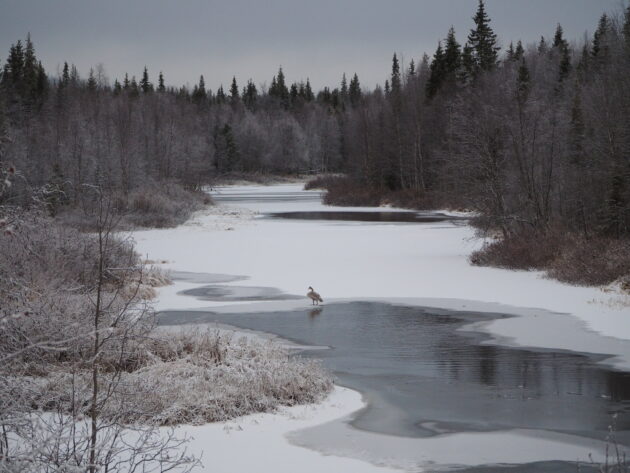
Finding mammals is always a challenge: we saw Red Foxes several times, and Red Squirrels daily, though disappointingly the majority sported grey rather than red fur. Reindeer, of course, were everywhere, including the middle of town. As for the aurora, sadly they never showed up, giving a good reason to go back again one day.
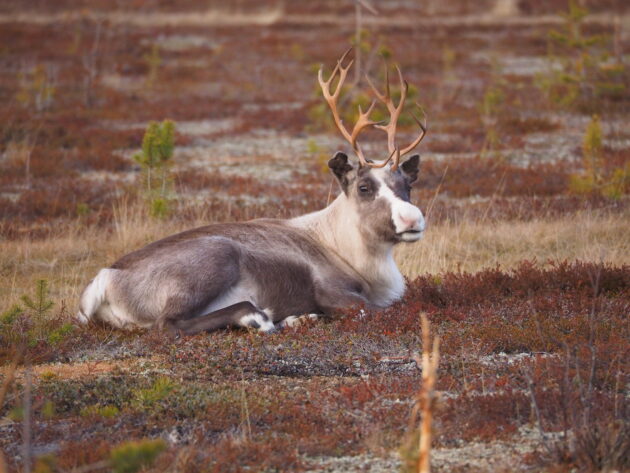
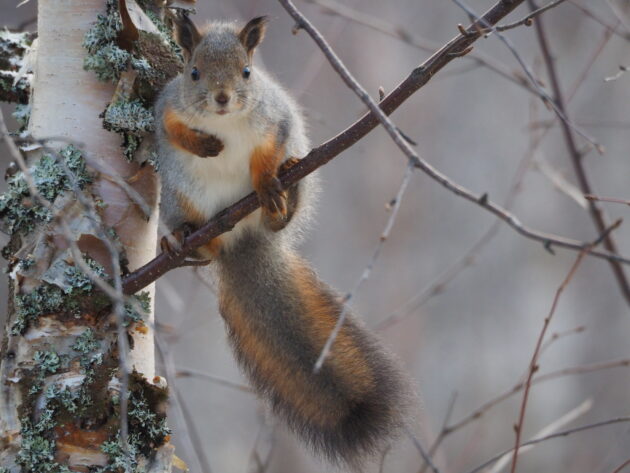











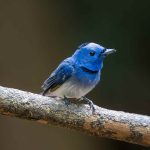

The Siberian Jay is a great bird – I will add it to my ever-lengthening wish list of species to see …
A great read David
Somewhere I have never visited. I have however witnessed Aurora Borealis in Iceland where there are many more birds.
Andrew Goodall
Excellent post! The whooper swan photo is amazing!
I haven’t been to northern Scandinavia since 1992. It’s the birder’s curse: I’ve got no more lifers there to get. In recent years though, I’ve felt increasingly restless about going there again, so who knows? Those Finnish names for places are always such a pleasure to read. 🙂